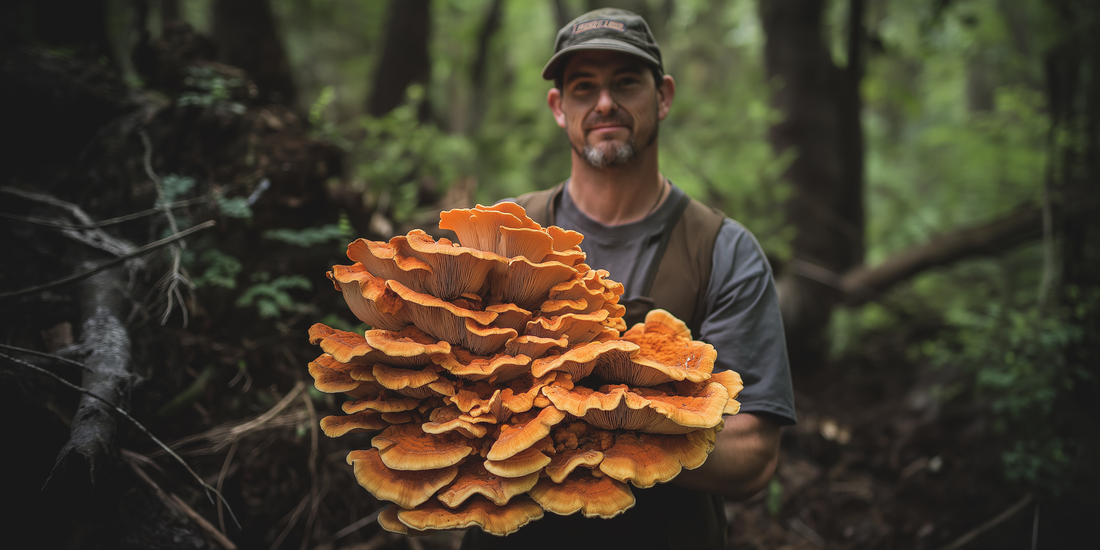
The Silent Heroes: How Mushrooms Are Revolutionizing Environmental Cleanup
Share
In the fight against environmental pollution, an unlikely hero has emerged from the forest floor: mushrooms. These remarkable organisms are proving to be powerful allies in bioremediation - the process of using living organisms to clean up contaminated environments.
The Mycelium Network: Nature's Internet
Beneath the mushrooms we see lies an extensive network called mycelium - thin, web-like structures that can spread for miles underground. This natural infrastructure acts as Earth's recycling system, breaking down complex organic materials into simpler compounds that can be reused by plants and other organisms.
Mycoremediation: Fungi to the Rescue
Certain mushroom species possess extraordinary abilities to absorb and neutralize environmental toxins:
Oyster mushrooms (Pleurotus ostreatus) can break down petroleum products, transforming oil spills into harmless compounds. In experiments, contaminated soil treated with oyster mushroom mycelium showed dramatic reductions in harmful hydrocarbons in just 8 weeks.
Turkey Tail (Trametes versicolor) excels at breaking down complex chemicals like pesticides and herbicides that persist in soil for decades.
King Stropharia (Stropharia rugoso-annulata) filters harmful bacteria like E. coli from water, making it valuable for treating agricultural runoff.
Real-World Success Stories
After the 2007 San Francisco Bay oil spill, mycologist Paul Stamets demonstrated how mycelium-infused burlap sacks could effectively clean contaminated shorelines.
In Washington state, mushroom-based filtration systems called mycofiltration buffers have been installed along roads to capture and process toxic runoff before it reaches waterways.
The Future of Fungal Cleanup
Scientists are now exploring how genetically optimized fungi could tackle our most challenging pollution problems:
- Radioactive waste absorption from nuclear accidents
- Microplastic decomposition in marine environments
- Heavy metal extraction from industrial sites
Growing Your Own Environmental Heroes
Home cultivators can contribute to local environmental health by:
- Growing oyster mushrooms on coffee grounds and cardboard waste
- Installing mycelium filters in garden drainage areas
- Using spent mushroom substrate to improve soil health in urban gardens
The Mushroom Revolution
As we face increasing environmental challenges, the humble mushroom reminds us that sometimes the most powerful solutions already exist in nature. By harnessing the natural recycling power of fungi, we're discovering sustainable remediation methods that work with ecological systems rather than against them.
The next time you spot mushrooms emerging after rain, remember: you're witnessing the visible fruit of an invisible environmental cleanup crew that has been perfecting its methods for over 800 million years.
